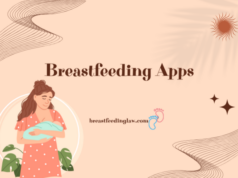One of the most common questions of new moms is regarding the topic of birth control during the period of breastfeeding. It is completely normal to be concerned about everything you take into your organism during the period of breastfeeding, but, when it comes to birth control, there is no reason to worry. In fact, the majority of ways in order to protect yourself from getting pregnant again will not affect your baby at all. There are plenty of options, and if you are interested to read more about them, continue reading the following article.
1. Mini – pill
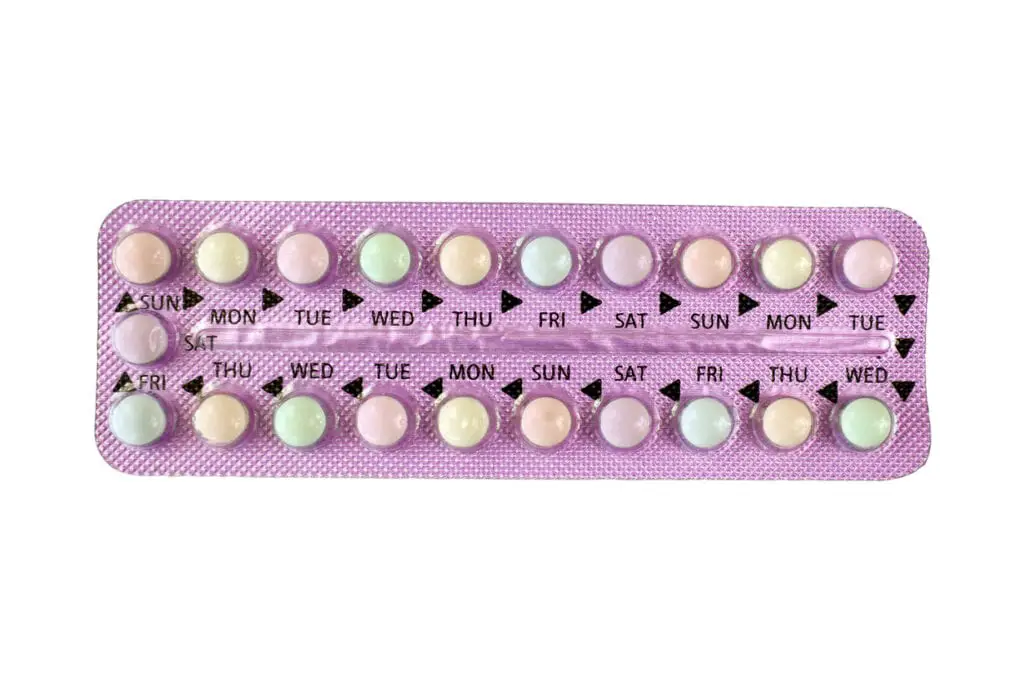
When it comes to oral contraceptives, probably the best option is using the mini-pill. Thanks to the fact that it contains only progestin, it is recommended to be used by new moms who are breastfeeding. The percentage of protections is 87 – 99.7%. If you are wondering when you can get pregnant after you stop taking the pill, it is probably best to consult your doctor. Generally, fertility can return very soon after you stop using the pill, or it can happen a few months after it. The side effects of using the pill include headache, reduced sex drive, or irregular bleeding.
2. Implant
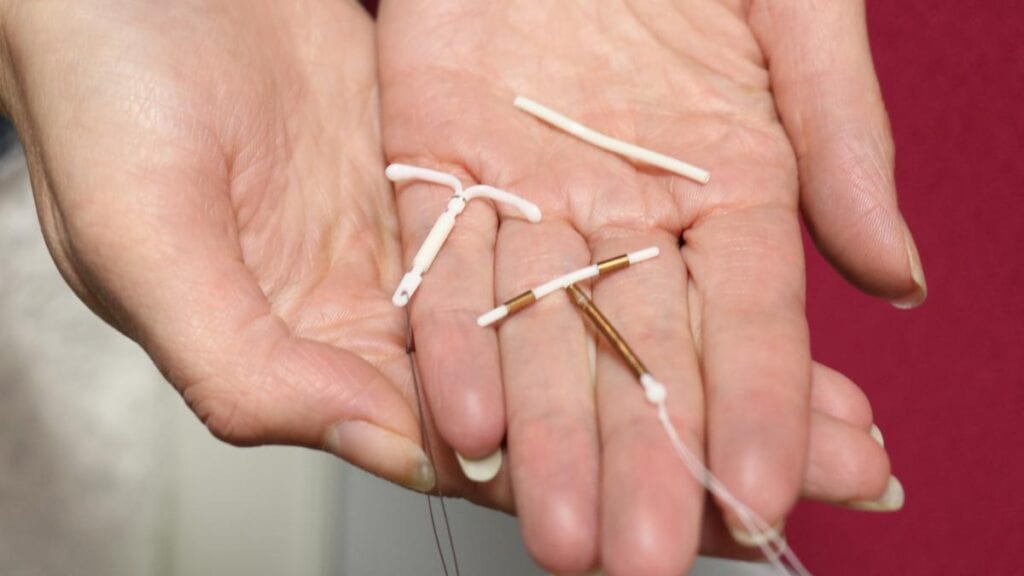
Another way to protect yourself from getting pregnant again is by having a small device inserted underneath your skin. The usual place where the doctors put this implant is on the upper arm. This method has been very talked-about recently, and according to many women, it works. Due to the fact that the experts state that the percentage of protection is over 99 percent, new moms usually decide to go for this method. Even though it is very safe, there are things you need to be careful about. So, if you have experienced heavy vaginal bleeding, fever, chills, or other signs of infection, you need to tell your doctor about it. Also, one of the most beneficial components of having an implant is the fact that you can have it right after you get birth, and your doctor can easily remove it when you decide to get pregnant again.
3. Sterilization
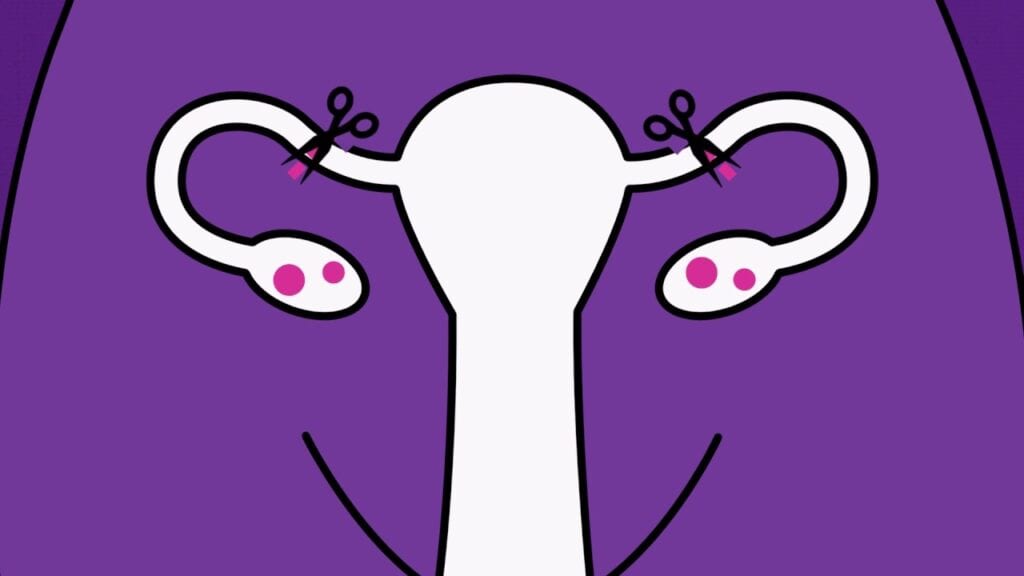
This method may be useful if you have decided that you don’t want to have any more children. Usually, women decide to have it done during the C section or when they have vaginal childbirth. The risks of having this permanent form of birth control in this way are the same as for any abdominal surgery. The tubal ligation is very effective. This method is the permanent one, so you should go for it only if you are 100% sure that you will not want children in the future.
4. IUD
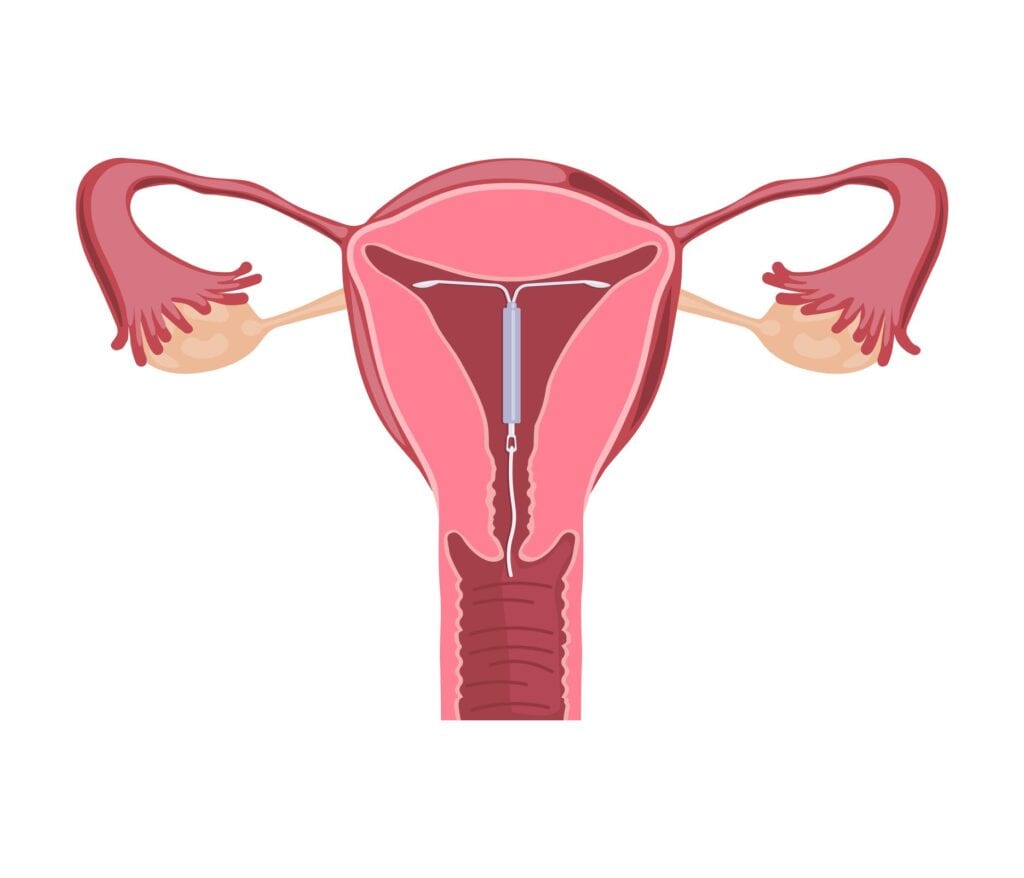
IUDs or Intrauterine devices are considered to be the most reliable birth controls currently. With more than 99 percent of safety, they are one of the top choices for many women. On top of that, they are safe to be used while breastfeeding. IUDs are subdivided into two categories, hormonal and non-hormonal. Also, they are a type of LARC or long-lasting reversible contraception.
When it comes to the risks, due to the fact that a plastic T-shaped device is inserted into your uterus, there are risks of infection. Therefore, pay attention to the recommendation that this contraception is more suitable for women who have one sexual partner. When it comes to the periods, they might become lighter or even disappear. Once you have a delivery, you can have it inserted right away. Also, when you decide that you want children, it can get removed by your doctor. After the insertion, you may experience cramps or irregular heavy breathing.
5. Depo-Provera shot
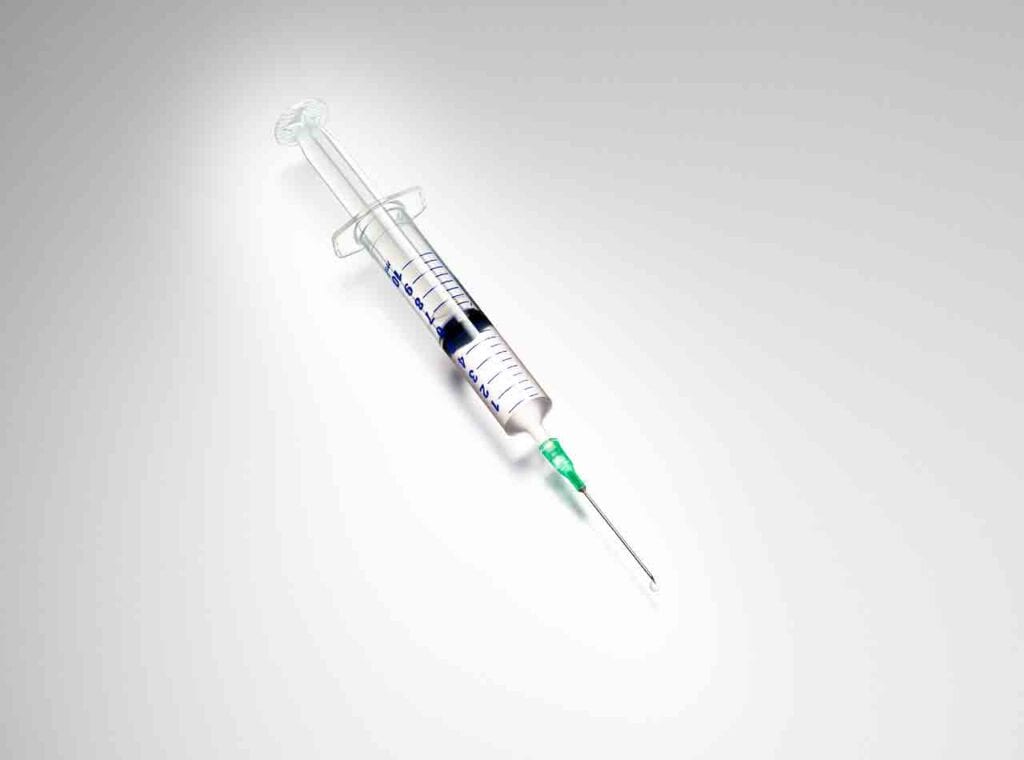
When it comes to this method, quarterly follow-up appointments are very important, because you are protected only three months at a time. It is safe to be used for breastfeeding moms. Also, the percentage of safety is around 97 percent. Usage of this method of birth control may include side effects such as with gain, abdominal pain or headaches. Your fertility may return after around 10 months of not using Depo-Provera shot. So, if you are looking for short-term protection, you should probably avoid it.
6. Barrier methods
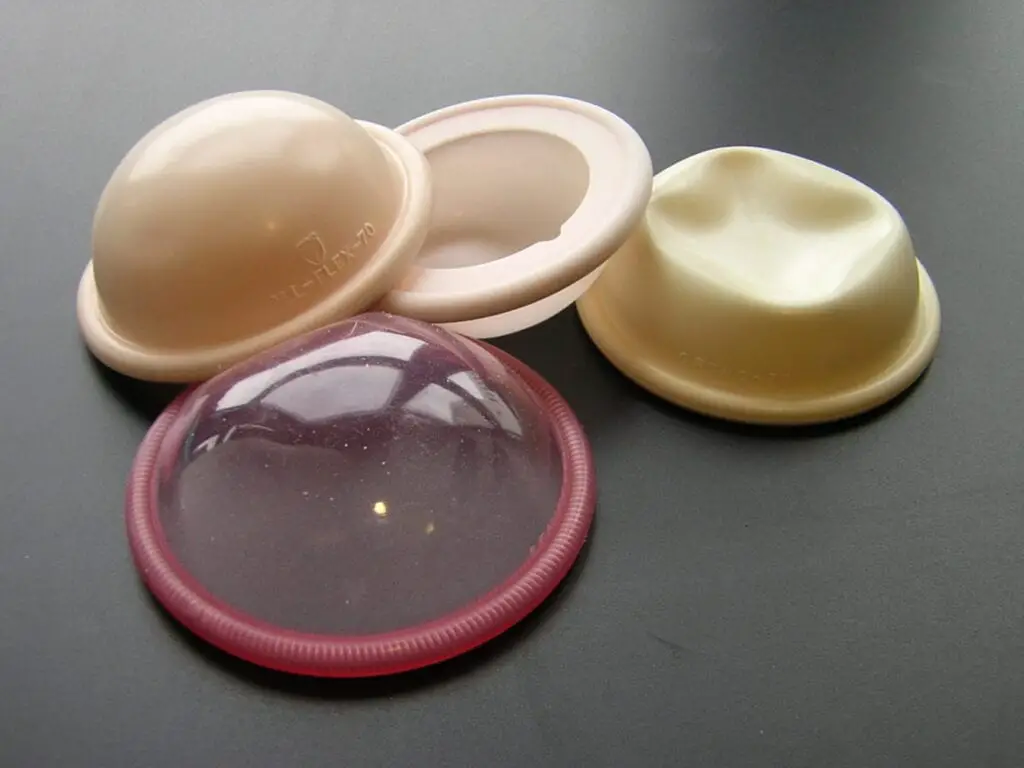
Probably the safest ones for the breastfeeding moms, since they do not contain hormones, barrier methods block sperm from fertilizing the egg. Also, you can start using them right away. There are a few types of this kind of birth control: sponge, diaphragm, cap, or condoms. A sponge works in such a way that a piece of polyurethane foam is inserted into your vagina. You should never leave it more than 24 hours after the intercourse. Keeping it over 6 hours after the intercourse is advisable. When it comes to the safety percentage, it is around 88 percent. The diaphragm should be inserted into the vagina around 2 hours before intercourse.
However, the percentage rate is somewhat smaller compared to the other means of protection (60 %) for women who have already given birth. Cap is safe from 71 to 86 percent and it should be placed into the vagina 6 hours before the intercourse. When it comes to the right size, you need to consult your healthcare provider. Lastly, condoms are useful both for birth control and the prevention of the STIs. They are the only birth control that can prevent STIs. The safety of this means of protection is around 98 %. However, there are risks that the condom night break or slip, in which case the safety percentages are lower. In case you want additional protection you can use mini-pill, or spermicides together with this method.
To sum up, it is absolutely possible to prevent yourself from getting pregnant while you are breastfeeding. The choice of the method which is most suitable for you depends upon a few factors, so it is probably the best idea to always consult your doctor when it comes to making the final decision.



